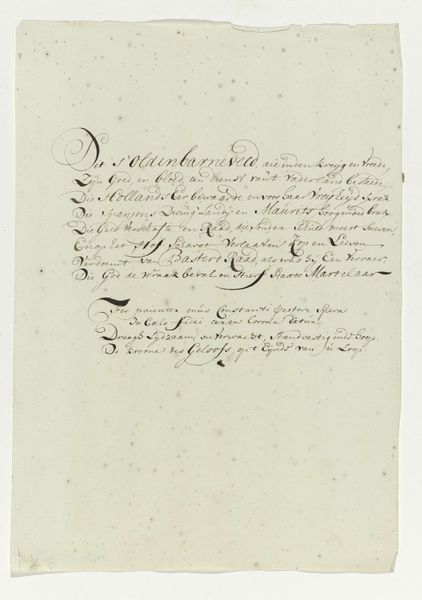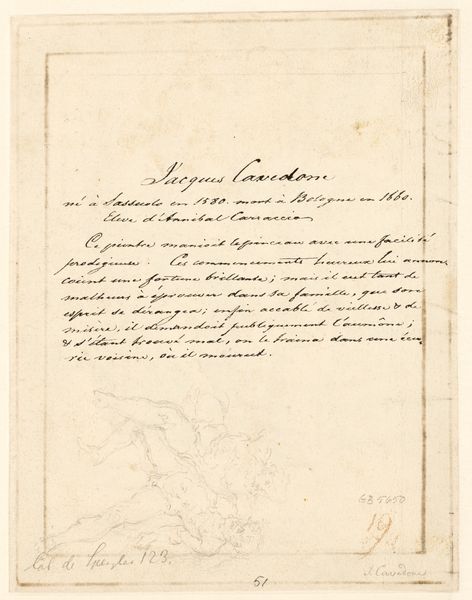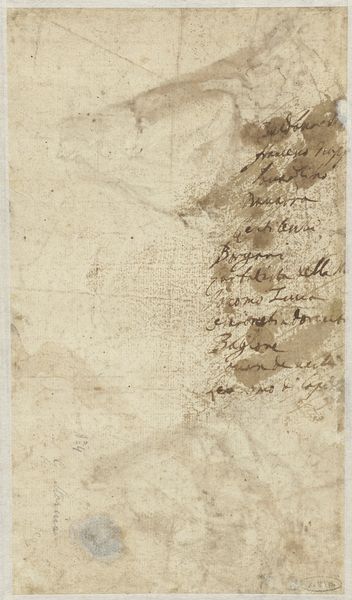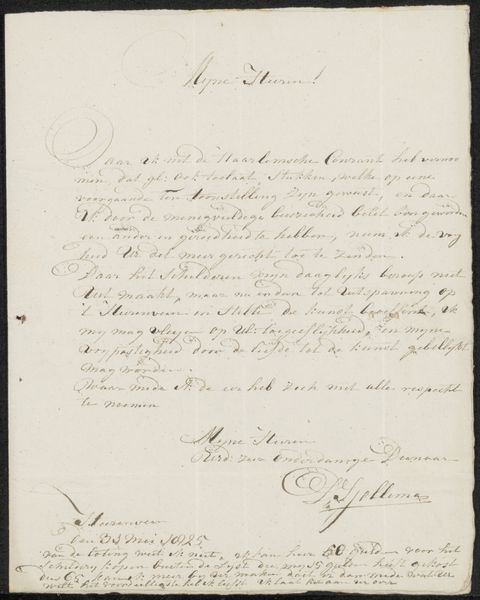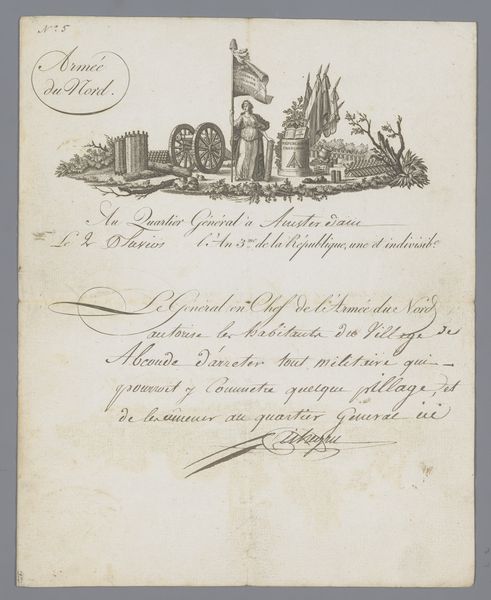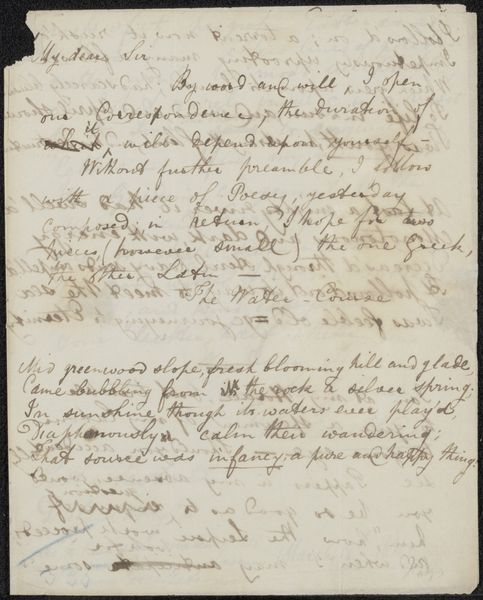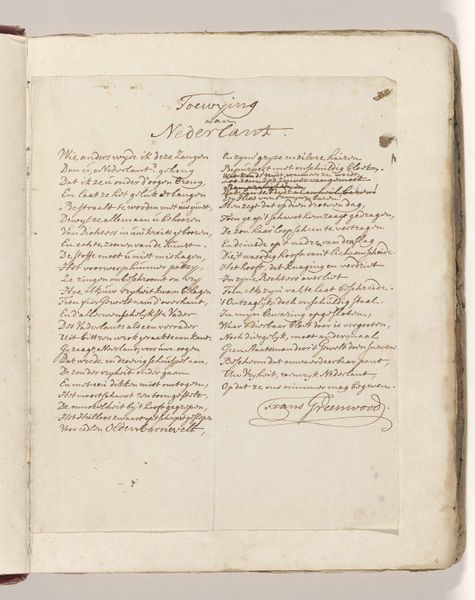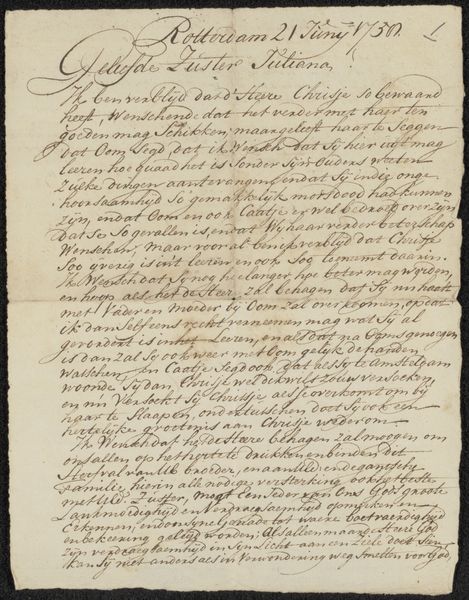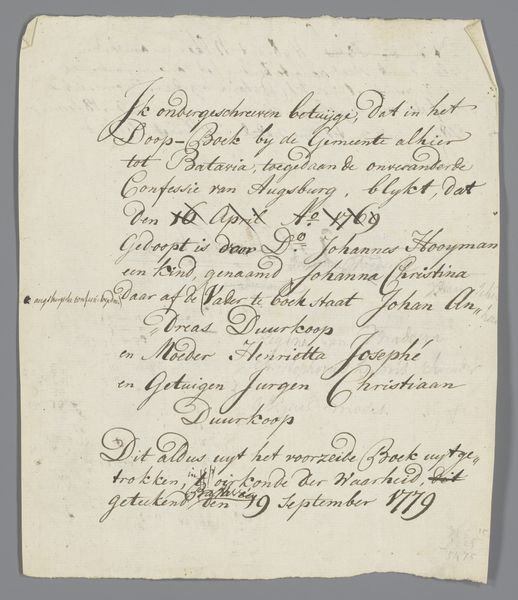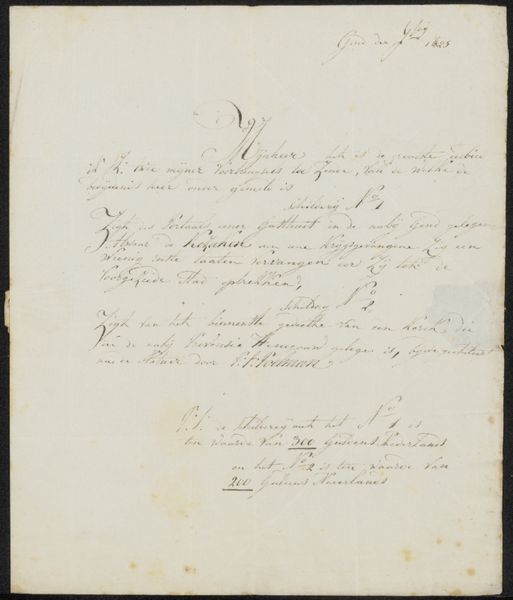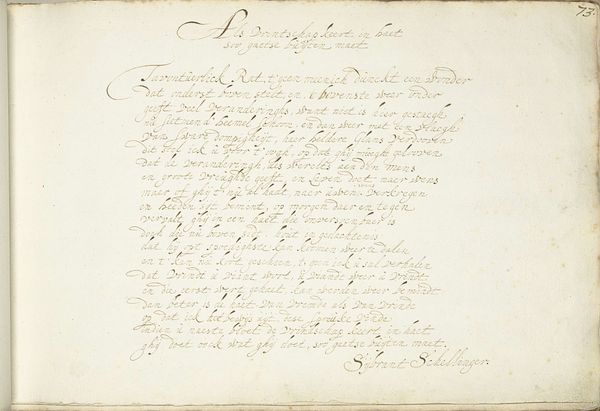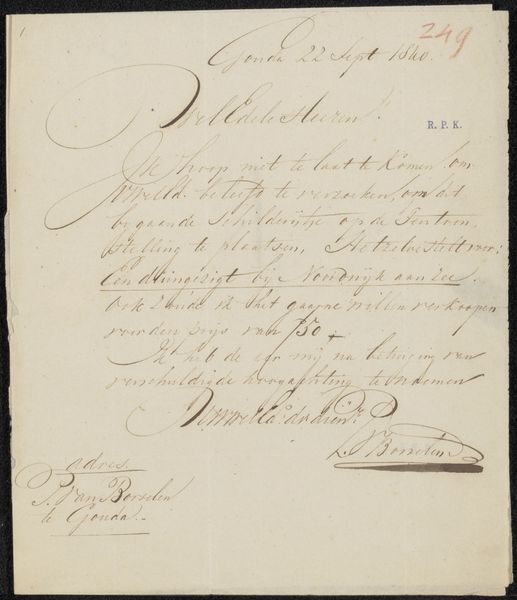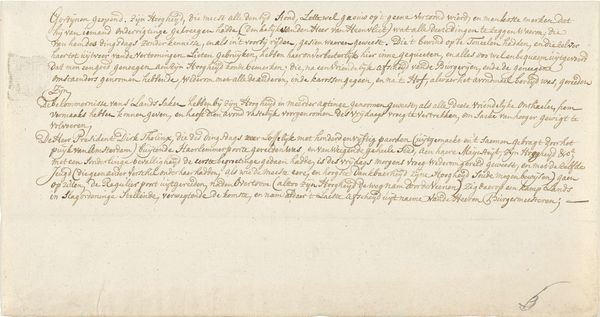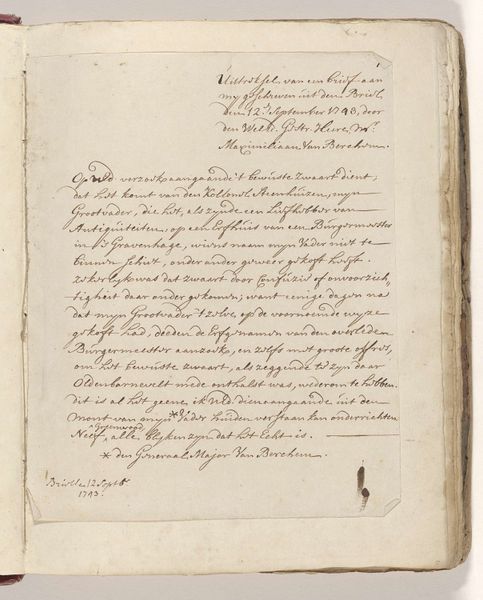
drawing, paper, pencil
#
drawing
#
neoclacissism
#
pencil sketch
#
landscape
#
paper
#
pencil
#
watercolour illustration
Dimensions: height 193 mm, width 60 mm
Copyright: Rijks Museum: Open Domain
Editor: This is a drawing from 1799 by Jan Brandes titled "Nieuwe smeltlamp die metalen doet smelten door middel van stoom of spiritus"—apparently about a new smelting lamp powered by steam or spirits, done with pencil on paper. The visual mood feels very technical and diagrammatic; it's fascinating to see an artistic representation so focused on… technology. What historical contexts might be shaping this piece? Curator: Given the context of 1799 and Brandes' apparent fascination with documenting novelties, we see the burgeoning influence of the Industrial Revolution seeping into artistic practices. Note how the artist is documenting not a classical subject, but technological advancement. This signals a societal shift. It begs the question: what role were artists playing in popularizing, or perhaps even scrutinizing, new technologies for a wider audience? Editor: So, it’s less about aesthetics and more about...visual record-keeping for the public good, in a way? Curator: Precisely! And consider the institutional support for this kind of work. Were scientific societies or governmental bodies commissioning such drawings to disseminate knowledge? Was there a sense of national pride intertwined with documenting technological advancements, possibly to display Dutch innovation on an international scale? Look at the level of technical detail. Was Brandes an artist *or* an engineer or both? These kinds of images shape public perceptions of innovation, sometimes for propagandistic purposes. Editor: That makes a lot of sense. The level of detail does seem beyond simple observation. Now I am seeing how socio-political ambitions shape these artistic expressions. Curator: Exactly. By seeing the societal function and power dynamics involved, we understand better why this sketch exists and was valued then. Editor: This conversation reframed the way I initially understood the image. It's so much more than just a sketch of a smelting lamp. Curator: Indeed, recognizing art's embeddedness within historical forces opens up more avenues for meaningful engagement and analysis.
Comments
No comments
Be the first to comment and join the conversation on the ultimate creative platform.
